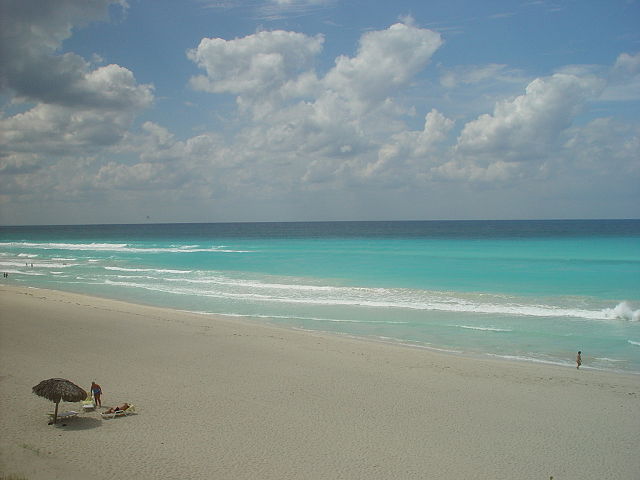The economy of Cuba is a planned economy dominated by state-run enterprises. Most of the labor force is employed by the state. In the 1990s, the ruling Communist Party of Cuba encouraged the formation of worker co-operatives and self-employment. In the late 2010s, private property and free-market rights along with foreign direct investment were granted by the 2018 Cuban constitution. Foreign direct investment in various Cuban economic sectors increased before 2018. As of 2021, Cuba's private sector is allowed to operate in most sectors of the economy. As of 2023, public-sector employment was 65%, and private-sector employment was 35%, compared to the 2000 ratio of 76% to 23% and the 1981 ratio of 91% to 8%. Investment is restricted and requires approval by the government. In 2021, Cuba ranked 83rd out of 191 on the Human Development Index in the high human development category. As of 2012, the country's public debt comprised 35.3% of GDP, inflation (CDP) was 5.5%, and GDP growth was 3%. Housing and transportation costs are low. Cubans receive government-subsidized education, healthcare, and food subsidies.

Havana, capital and financial center of Cuba
Pumpjacks in Cuba
A white sand beach in Varadero, Cuba
A tobacco plantation in Pinar del Río
A planned economy is a type of economic system where the distribution of goods and services or the investment, production and the allocation of capital goods takes place according to economic plans that are either economy-wide or limited to a category of goods and services. A planned economy may use centralized, decentralized, participatory or Soviet-type forms of economic planning. The level of centralization or decentralization in decision-making and participation depends on the specific type of planning mechanism employed.
Albert Einstein advocated for a socialist planned economy with his 1949 article "Why Socialism?"





